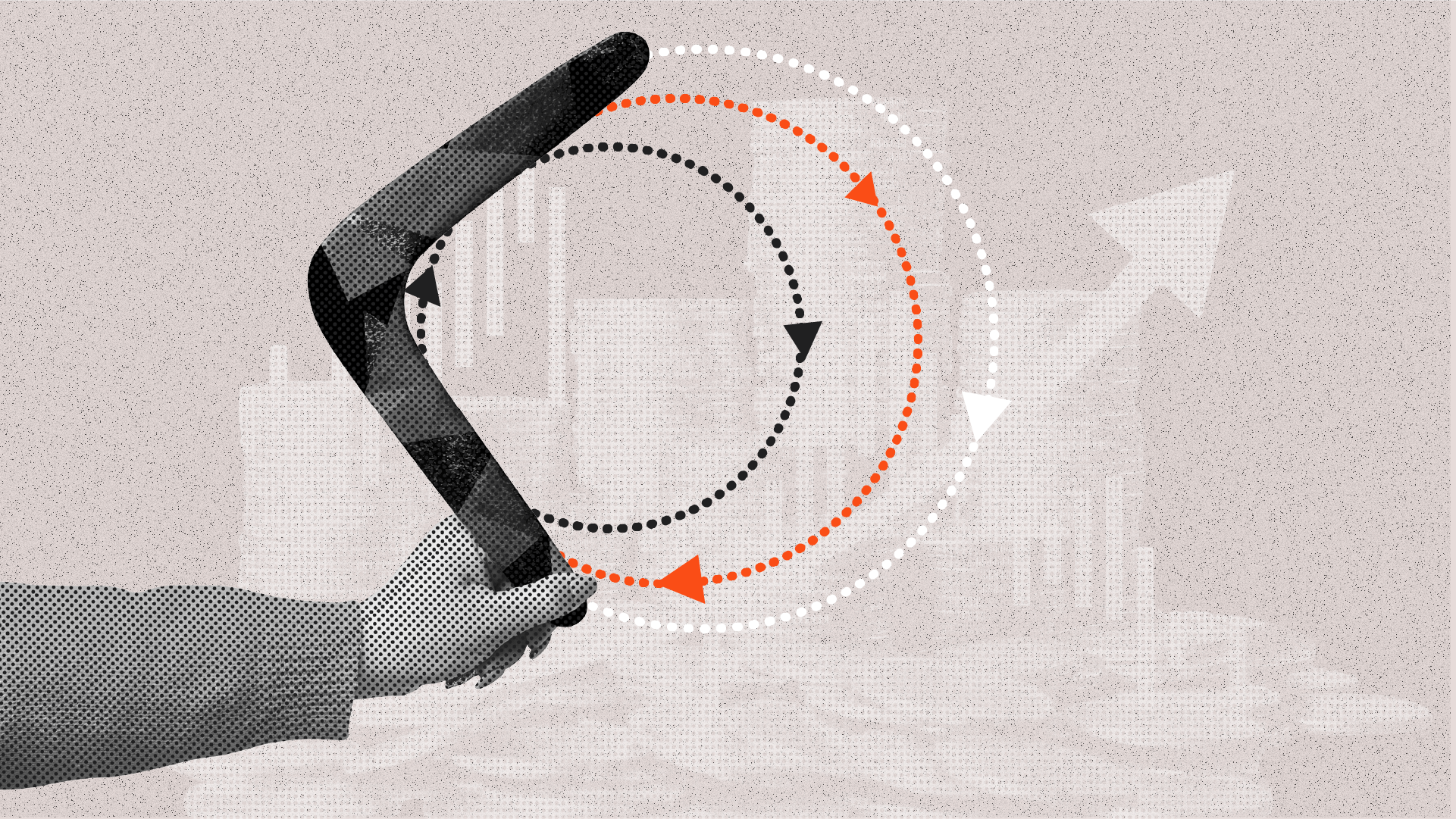
Like all managed funds, ETFs charge fees and incur costs. They do, however, tend to be a cost-effective managed investment option, as most ETFs are passive investments that do not charge the high active management fees charged by traditional managed funds.
Summary
How ETF fees are collected
ETF fee example
For example, the Betashares Australia 200 ETF (ASX: A200) charges an annual management fee of 0.04%.
If you invested $10,000 in A200, over the course of a year, assuming the underlying value of the fund’s holdings did not change and you re-invested your A200 distributions back into the fund, your investment would incur total management fees of $4.
Each day, approximately 1 cent would be accrued ($4/365 days), and then deducted on a monthly basis, so after 12 months your investment would be worth around $9,996 (assuming no change in the market value of the fund holdings).
The fees and costs applicable to your investment holdings will be disclosed in the periodic statements issued to you for the relevant ETF.
-
A200
Australia 200 ETF

Written by
Richard Montgomery
Manager – Investment Communication
Read more from Richard.

